

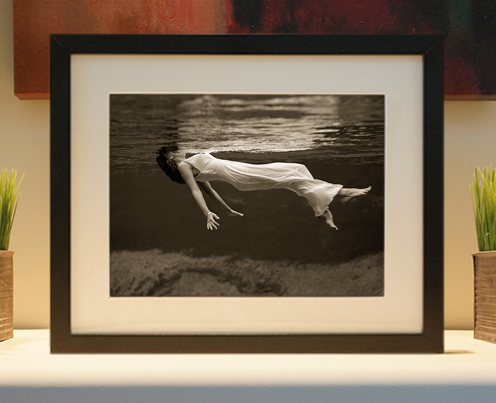
Framed or unframed, desk size to sofa size, printed by us in Arizona and Alabama since 2007. Explore now.
Shorpy is funded by you. Patreon contributors get an ad-free experience.
Learn more.

- Famous Hollywood faces
- Not just S&P
- re: Those things in the jar
- Up In Smoke
- Medical Smoking
- Quick fix
- A Quink Comment
- If You’re Like Me, Never
- Delivering the News
- U.S.A.
- S&P
- 1940 Zenith radio model 6G601
- Quality goes in before the name goes on!
- Snazzy skirt
- Carbon Arc Lamps
- Illuminate us
- I remember it well
- I can't prove it
- Complicated then, forgotten now
- Bryan-Stevenson
- Skinny is as skinny does
- How do you rest in peace
- Riding the footboards
- Alas, hidden from view
- Baldwin Diesels
- Exclusive pump
- Bananas, Oysters and Smokey Joe
- Details, Details
- What's that building to the left of the tower?
- Coal Barges
Print Emporium
Sam Cooley: 1865
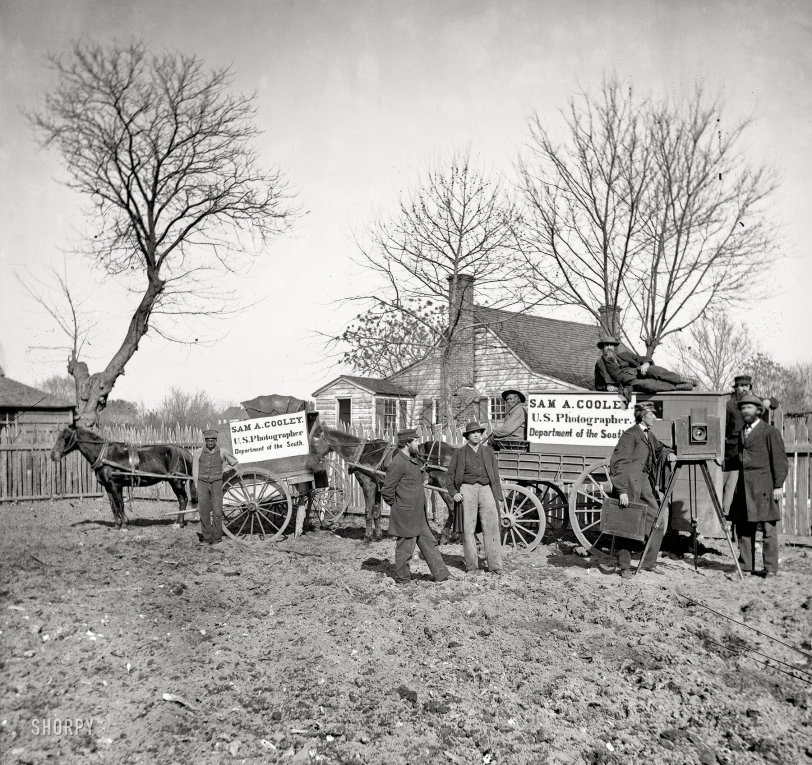
Circa 1865. "Wagons and camera of Sam A. Cooley, U.S. photographer, Department of the South." Wet plate glass negative. View full size.
Civil War Departments
The Union Army effectively split the country into Military Departments covering various geographic areas: Department of the West, Department of the Pacific, Department of the Cumberland, Department of New England and so on. The various Departments were responsible the installations and armies operating within these geographic regions. The Department of the South was one of these regions. At least initially the department consisted of Union held regions of South Carolina, Georgia and Florida.
The signs on Sam Cooley's wagons would seem to indicate that he was effectively the "official" military photographer for the Department and presumably gave him much greater access than other photographers would get.
There's the rub
I wonder how many glass plates were broken or had the emulsion rubbed off, regardless of packing, as they bounced around in the wagon. Packed in cotton or excelsior? (Was there excelsior yet?)
[I think they'd be packed in negative cases. Large plush-lined boxes with edge-slots to hold the plates. - Dave]
Wow!
How many megapixels has your camera got, mister?
Photographing the Civil War
We shall get some more glimpses presently of these adventurous souls in action. But, as already hinted, extraordinary as were the results of Brady's impetuous vigor, he was but one of many in the great work of picturing the war. Three-fourths of the scenes with the Army of the Potomac were made by Gardner. Thomas G. Roche was an indefatigable worker in the armies' train. Captain A. J. Russell detached as official camera-man for the War Department, obtained many invaluable pictures illustrating the military railroading and construction work of the Army of the Potomac, which were hurried straightway to Secretary Stanton at Washington. Sam A. Cooley was attached to the Tenth Army Corps, and recorded the happenings around Savannah, Fort McAllister, Jacksonville, St. Augustine, Beaufort, and Charleston during the bombardment; George M. Barnard, under the supervision of General O. M. Poe (then Captain in the Engineer Corps), did yeoman's service around Atlanta.
-- Henry Wysham Lanier, Photographing the Civil War





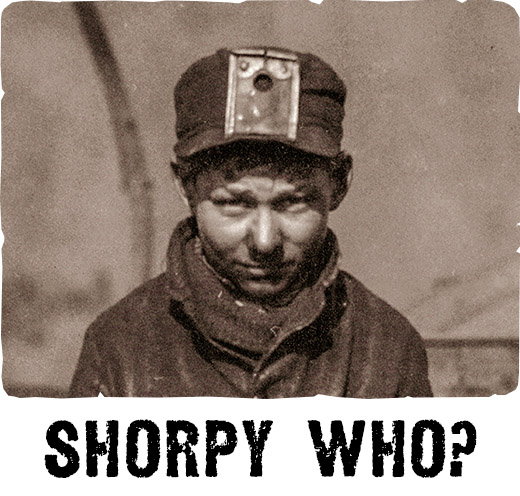
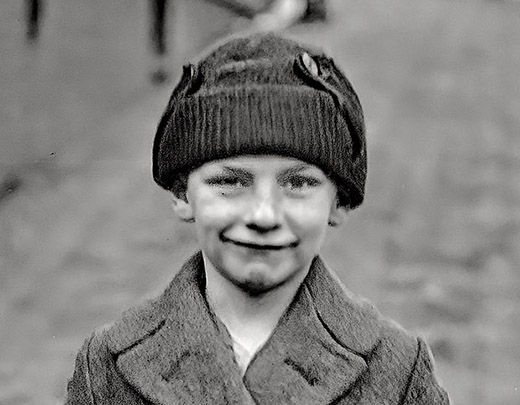
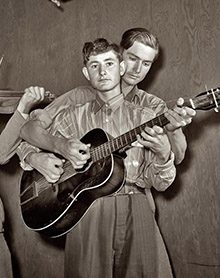
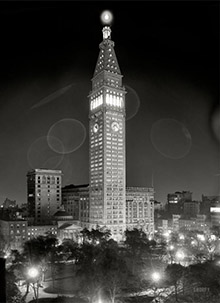
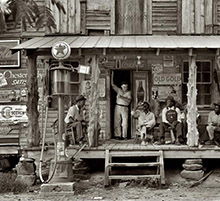
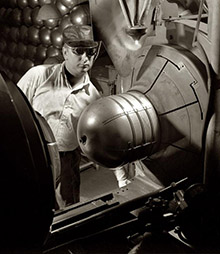
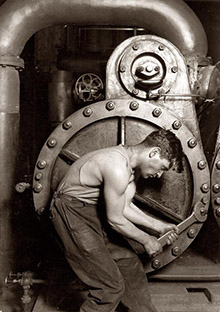
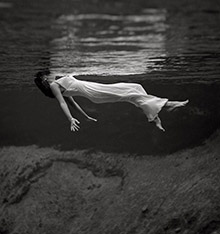
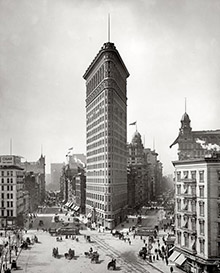
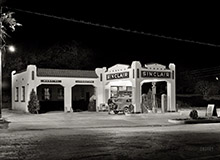
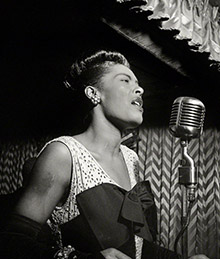
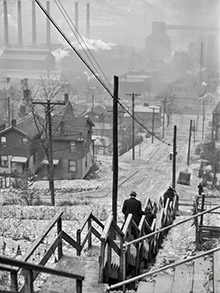
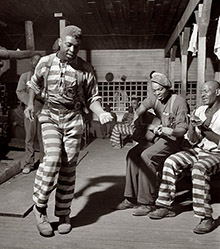
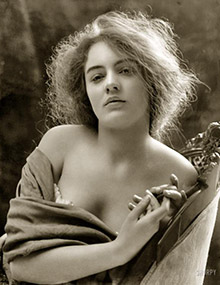
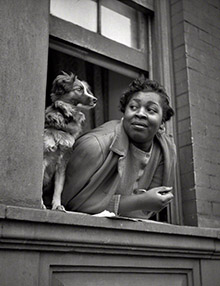
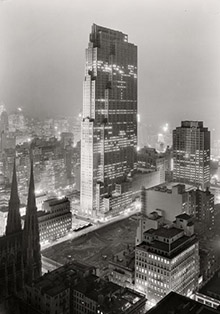
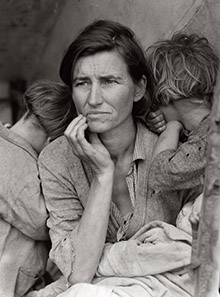
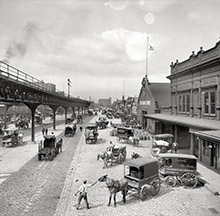
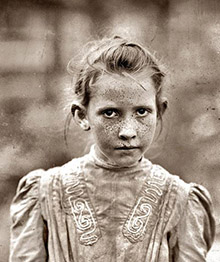
On Shorpy:
Today’s Top 5